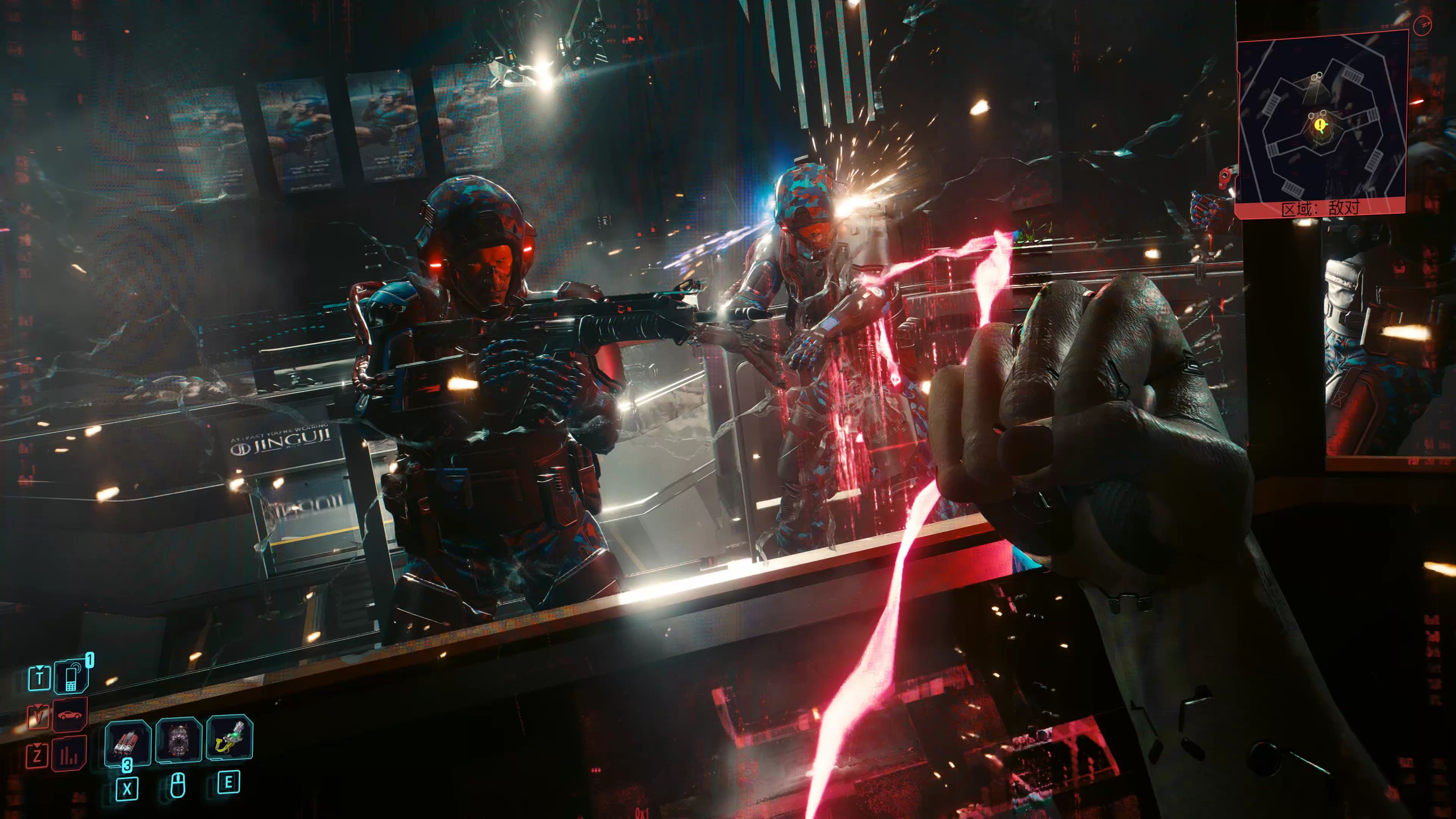PUBG: Battlegrounds Score: Original Battle Royale Evolution
When PlayerUnknown’s Battlegrounds (PUBG) launched into early access in 2017, it didn’t just introduce a game—it ignited a global phenomenon. At a time when the battle royale genre was still nascent, PUBG carved out a distinct identity with its uncompromising focus on tension, realism, and strategic depth. While many competitors have since entered the arena, PUBG remains the benchmark against which other battle royales are measured. Its evolution from a janky but thrilling early access title to a polished, content-rich live service game is a testament to its enduring design and community-driven development.
The core of PUBG’s success lies in its foundational gameplay loop. The premise is elegantly simple: 100 players parachute onto a large map, scavenge for weapons and gear, and fight until only one squad or individual remains. Yet, within this framework exists an incredible depth of emergent storytelling and tactical possibility. Unlike many of its arcade-style successors, PUBG leaned into a sense of gritty realism. Bullets travel with realistic ballistics, requiring players to lead shots and account for drop. Sound design is critical; the distant crack of a sniper rifle or the creak of a floorboard can mean the difference between life and death. This commitment to a tactile, high-stakes experience created a unique form of tension that became PUBG’s signature. Every match felt like a narrative, punctuated by moments of heart-pounding adrenaline—the final circle collapse, the desperate vehicle escape, or the perfectly placed grenade.
A critical component of this experience is the map design. PUBG didn’t just offer one playground; it built a portfolio of diverse environments, each requiring different strategies. The original Erangel, with its Eastern European countryside, military bases, and abandoned cities, established the template. Its open fields forced careful movement, while its urban centers hosted chaotic close-quarters combat. Then came Miramar, a desert map that emphasized long-range engagements and tactical positioning around its arid terrain and sprawling haciendas. Sanhok, a compact jungle map, accelerated the pace with faster, more intense fights. Later, Vikendi offered a snow-covered landscape with tracks that revealed player movement, and Karakin introduced dynamic destruction with its wall-breachable environments. This variety ensured the game never grew stale, constantly challenging players to adapt their tactics.
However, PUBG’s journey was not without its challenges. The game’s meteoric rise was hampered by significant technical issues in its early years. Players grappled with network problems, rampant cheating, and optimization struggles that made the game notoriously difficult to run smoothly. The phrase "PUBG optimized" became a meme and a genuine concern for PC gamers. Yet, rather than fading away, the developers at Krafton embarked on a long-term project of redemption. Through countless updates, anti-cheat overhauls (most notably the integration of BattlEye and later, its own proprietary solution), and performance-focused initiatives like Project: Fix PUBG, the game underwent a remarkable transformation. The introduction of PUBG Labs for experimental features and a commitment to regular seasonal updates with new content showed a developer in constant dialogue with its player base.
This evolution extended to its metagame and content strategy. The introduction of the Survivor Pass system provided a compelling progression track, offering cosmetics and challenges tied to thematic seasons. While the initial monetization through loot boxes was controversial, the game gradually shifted to a more transparent and consumer-friendly model. Furthermore, PUBG expanded its horizons beyond the classic battle royale mode. The introduction of Arcade modes, Team Deathmatch, and, most significantly, the intense 8v8 payload mode and the tactical Arena Map, gave players new ways to engage with its superb gunplay without committing to a full 30-minute match. These additions served as both a training ground for newcomers and a refreshing diversion for veterans.
Perhaps the most significant evolution has been its accessibility. What began as a PC-only title expanded to consoles and, most importantly, to mobile with PUBG Mobile (and later, PUBG: New State). The mobile version, in particular, became a cultural and economic juggernaut, democratizing the battle royale experience for hundreds of millions of players worldwide who might never own a gaming PC or console. This strategic expansion ensured that the PUBG brand remained relevant and dominant across the entire gaming landscape.

Today, the battle royale genre is crowded with free-to-play titans offering flashy superpowers and cinematic events. Yet, PUBG: Battlegrounds stands firm in its identity. It is the purist’s battle royale—a game that rewards patience, strategy, and skill above all else. The visceral thrill of its gunplay, the strategic depth of its positioning, and the unmatched tension of its final moments remain largely unrivaled. Its evolution from a breakout hit to a stable, feature-rich service game is a masterclass in live-service development. It listened, it adapted, and it improved, all without losing the core spirit that made it a classic.
In scoring the evolution of PUBG: Battlegrounds, one must acknowledge its profound impact. It defined the modern battle royale genre for a generation of players and developers. It transformed technical flaws into strengths and content scarcity into a rich, ever-changing universe. It is more than just a game; it is the original blueprint, the gritty, tense, and endlessly rewarding experience that continues to set the standard for what a battle royale can be.














